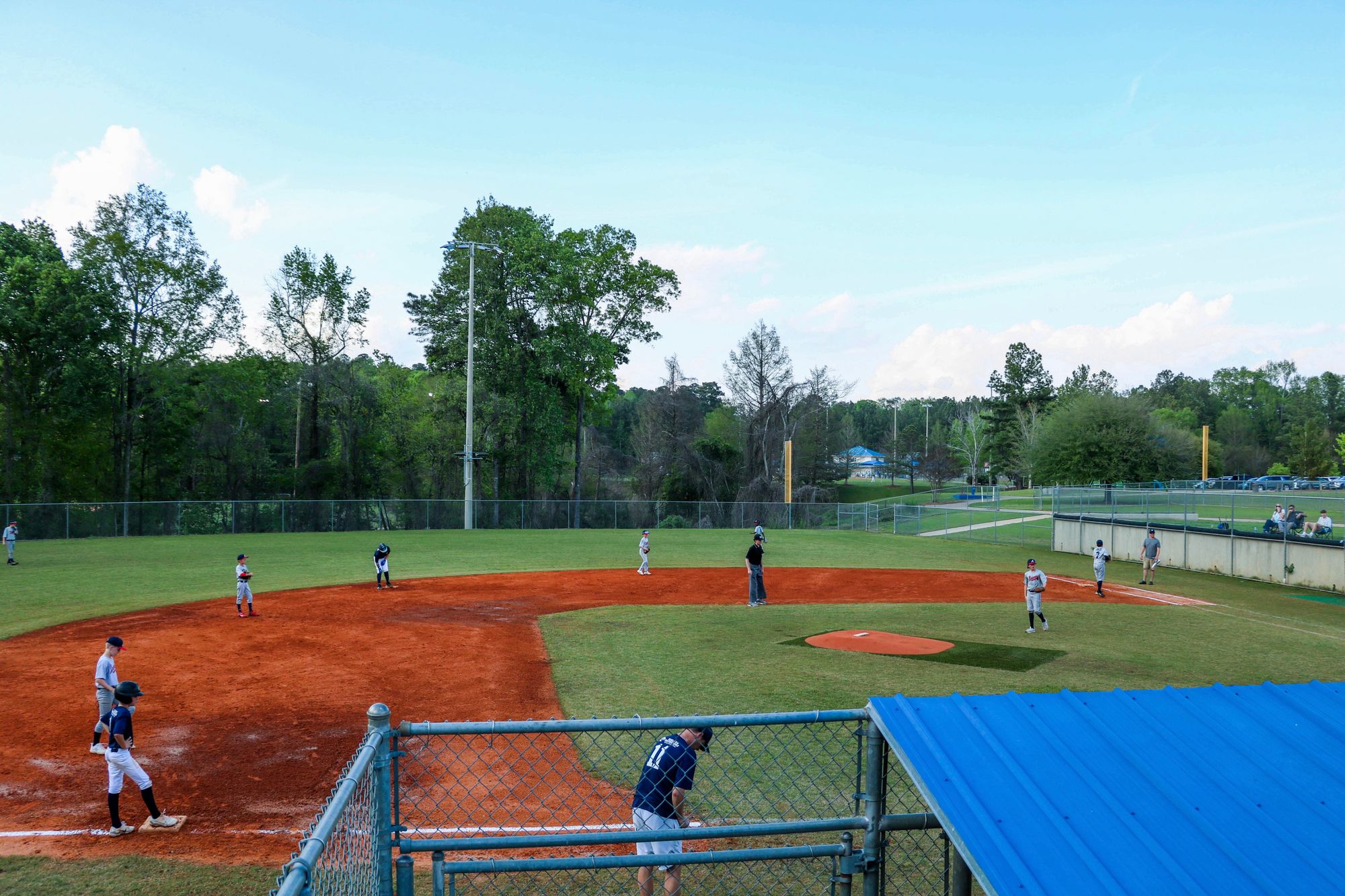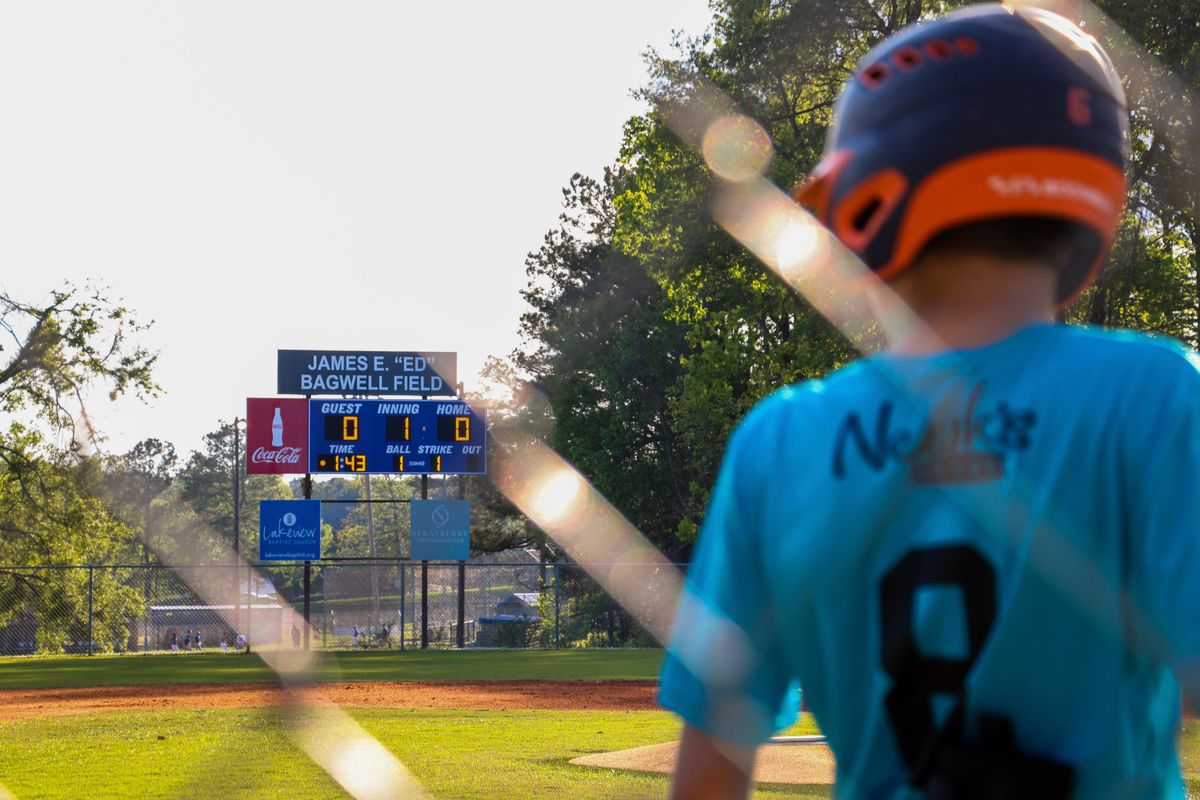Auburn’s population has ballooned in the past 50 years with the city adding more than 53,000 residents since 1970.
On a warm and humid April evening at Duck Samford Park, the scene was like a small slice of Americana. Spread across seven youth baseball fields, hundreds of young boys mostly under the age of 10 — some so small they were hardly taller than their bat — faced off in competitive games.
From the stands, families beamed with pride and hurled words of encouragement toward the respective dugouts, eager to watch their son blast a pitch into the outfield or sprint across home base.
The only problem? Auburn’s demand for such opportunities is beginning to stretch thin the availability of facilities for its youth to participate in organized sports, and city officials are forced to figure out how to close the gap.
Some parents revealed they have encountered other problems including what they say is not enough access to facilities and a shortage of coaches at times.
“I think there's a shortage,” said Allison Roosa, whose family moved to Auburn from Kansas around a year and a half ago. “We have a neighbor who's on another team in the same league and they have to go play over by one of the elementary school fields, and she's got multiple kids in multiple age levels playing baseball so she's gonna run here, drop one off, go all the way to the other side of town, do another practice, [and] come back.”
Sherrad Hayes, whose son Will, 9, plays baseball, said parking at venues can be difficult but otherwise had no complaints.
Auburn’s population has ballooned in the past 50 years with the city adding more than 53,000 residents since 1970. That trend has only accelerated recently with more than 22,700 new people — a 42.6% increase — calling the Plains home between 2010 and 2020 alone according to the most recently available census data.
With that population growth has come an influx of families complete with children involved in various sports including football, baseball, basketball, softball, soccer, and other sports. New and existing facilities need investment, and coaching shortages have impacted specific sports as leagues struggle to keep up with the growing demand.
That begs the question: how does the city plan to keep up with this growth in terms of facilities?

For Auburn Parks and Recreation Director Becky Richardson, it all starts with the city’s 2018 parks, recreation and cultural master plan.
“We took into account growth numbers and projected growth and started with that, and our Parks and Recreation Advisory Board has been recommending facilities to the city manager to propose to the City Council for construction,” Richardson said. “[But] I'm not saying by any means that we have enough.”
According to accounting included in the master plan, Auburn currently oversees 42 basketball courts and soccer, baseball, softball and multi-purpose fields spread throughout town, or one for every 344 residents under the age of 18.
Some of those 42 existing courts and fields, such as Duck Samford Park and the Auburn Soccer Complex on Wire Road, are among the most state-of-the-art in the region and offer unparalleled experiences for local youth athletes.
And while not every child will use those facilities all at once, demographic data underscores the fact that existing facilities will only continue to grow more crowded relative to existing capacity without additional investment from the city.
That is where the master plan comes in.
By 2028, Auburn hopes to double its youth sports infrastructure by building 42 new courts and fields while simultaneously relocating some of its current fields, adding lighting and improving safety at already developed sites. The master plan will cost roughly $126 million over a 10-year period.
However, there are questions as to whether construction targets will still be met after delays and public infrastructure considerations shifted outlooks. Despite the setbacks, Richardson remained optimistic the city can come close to completing the projects close to their original completion dates.
“The projects were delayed to some degree because of COVID, and they thought that there was some uncertainty as far as what that was gonna do to the economy. So now that we are out of that, we're moving full speed ahead,” Richardson explained regarding the various obstacles. “I feel good about the progress at this point.”
— By Daniel Schmidt, The Auburn Advance
